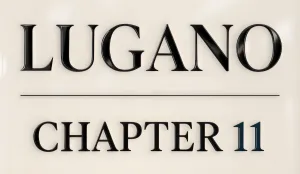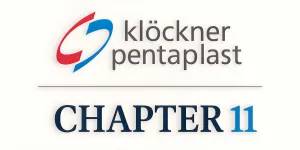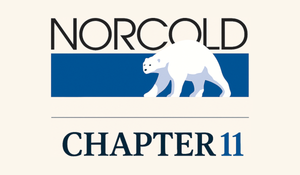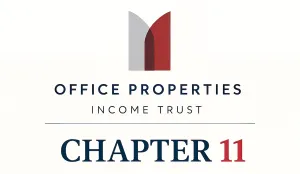Case Summary: Diocese of Fresno Chapter 11
The Roman Catholic Bishop of Fresno has filed for Chapter 11 bankruptcy to address more than 150 historical clergy abuse lawsuits, aiming to equitably compensate survivors while preserving core ministries.
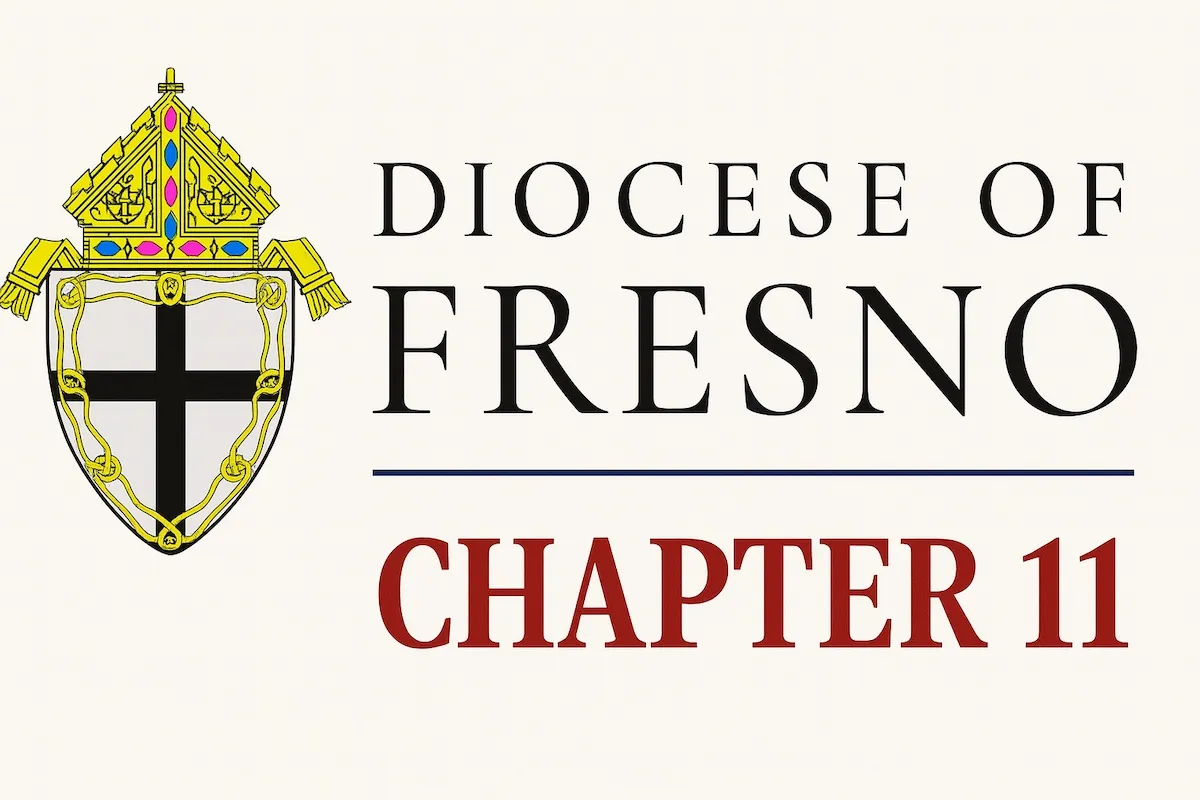
Business Description
Headquartered in Fresno, CA, The Roman Catholic Bishop of Fresno (“RCBF” or the “Debtor”) is a California corporation sole serving as the central administrative and spiritual leadership for the Diocese of Fresno.
- Led by Bishop Joseph V. Brennan, the Diocese encompasses eight counties in Central California (Fresno, Inyo, Kern, Kings, Madera, Merced, Mariposa, and Tulare), covering over 35,000 square miles.
- It ministers to approximately 949,000 Catholics through a network of 87 parishes and 21 Catholic schools (most schools operated by the non-debtor Diocese of Fresno Education Corporation).
- The RCBF also oversees five cemeteries, two diocesan retreat centers, and various Catholic charities and ministries within its territory.
As a religious organization, the RCBF focuses on pastoral and charitable missions, providing resources, direction, and support services to its parishes, schools, and affiliated Catholic organizations. Its primary function is to enable the coordinated and compliant operation of local faith communities, schools, and charities under church and civil law.
The Debtor’s revenues are primarily generated from annual diocesan assessments (approximately 18% of parish offertory collections) paid by parishes in exchange for central services such as insurance, clergy payroll administration, and other support. Additional income sources include donations, grants, cemetery sales, and investment earnings.
- For the fiscal year ending June 30, 2024, the Diocese reported operating revenue of approximately $42.3 million.
As of the Petition Date, the RCBF directly employed about 73 full-time and 17 part-time lay staff, along with 27 clergy on payroll.
The Roman Catholic Bishop of Fresno filed for Chapter 11 protection on July 1, 2025 (the "Petition Date") in the U.S. Bankruptcy Court for the Eastern District of California, reporting $50 million to $100 million in both assets and liabilities.
Corporate History
The Roman Catholic Bishop of Fresno was formally established in December 1967, stemming from the division of its predecessor, The Roman Catholic Bishop of Monterey-Fresno, which was incorporated as a California corporation sole in 1924. This foundational structure allowed the RCBF to hold church property and manage the affairs of the newly formed Diocese of Fresno, which initially served approximately 307,000 faithful across 85 parishes under Bishop Timothy Manning.
- Over the subsequent decades, the Diocese experienced significant growth, with its Catholic population expanding to nearly one million by the 2020s.
- Reinforcing its ongoing ministry, the Diocese notably completed the $21 million St. Charles Borromeo Catholic Church in Visalia in 2023, capable of seating 3,000 people and considered the largest Catholic parish church in the country.
Clergy Abuse Crisis
- The Diocese’s recent history has been dominated by the financial and legal fallout from historical clergy sexual abuse, primarily committed between the 1950s and 1990s.
- An initial wave of lawsuits emerged after California opened a one-year revival window for abuse claims in 2002, leading to a global settlement of fewer than 25 claims.
Institutional Response and Compensation Efforts
- Over the past two decades, the Diocese implemented significant reforms to address the crisis, including:
- The Dallas Charter: In 2002, the Diocese adopted the U.S. Conference of Catholic Bishops’ Charter for the Protection of Children and Young People, instituting a "one strike" policy for credibly accused clergy, mandatory background checks, and extensive safe environment training. The Diocese has passed annual independent audits of its compliance since the Charter's adoption.
- Transparency Initiatives: In 2019, the Diocese engaged an independent legal team to review nearly 2,800 clergy files. This review culminated in the August 2021 publication of a "Credibly Accused Clergy List," naming more than 60 individuals in an effort to promote transparency and accountability.
- Independent Compensation Program (ICP): In 2019, the RCBF joined other California dioceses in launching a voluntary, non-litigation compensation program administered by neutrals Kenneth Feinberg and Camille Biros. Through the ICP, the Diocese paid approximately $1.03 million to resolve 11 survivor claims.
Operations Overview
The RCBF functions as the operational and administrative hub for a broad network of parishes, schools, and ministries, many of which are separately incorporated non-debtor entities.
Parishes and Central Services
- The Diocese’s 87 parishes are not separately incorporated and are considered extensions of the RCBF, which holds legal title to parish property in trust.
- Under Parish Services Agreements (PSAs), parishes manage their own day-to-day finances but rely on the RCBF for centralized services like insurance, payroll, and legal counsel. In return, each parish pays an 18% Diocesan Assessment on its offertory collections.
- A critical provision of the PSAs is an indemnification clause requiring the RCBF to cover any parish losses arising from the sexual misconduct of clergy assigned by the Bishop, a significant liability given the volume of abuse claims naming parishes as co-defendants.
Deposit and Loan Fund
- The Diocese operates an internal Deposit & Loan Fund (“D&L Fund”), which functions as a bank for parishes and other diocesan entities to deposit surplus cash and obtain loans for capital projects.
- In recent years, the RCBF has borrowed heavily from the D&L Fund to cover operating deficits and litigation costs. As of May 31, 2025, the RCBF owed the D&L Fund approximately $30.3 million.
Owned and Affiliated Entities
- Non-Debtor Affiliates: The Diocese includes several key, separately incorporated non-profit organizations that are not part of the bankruptcy filing. These include:
- Diocese of Fresno Education Corporation: Operates 14 Catholic schools and is a co-defendant in approximately 20 abuse lawsuits.
- Catholic Charities of the Diocese of Fresno: A major social services provider.
- Other entities including the Our Faith, Our Family, Our Future Foundation, Inc., the Roman Catholic Charitable Trust, and the Priests’ Retirement Plan & Trust.
- Debtor-Owned Assets: The RCBF directly owns and operates several entities included in the bankruptcy estate:
- Five cemeteries operating under the name “Fresno Catholic Cemeteries.”
- Two retreat centers: St. Anthony Retreat Center and Santa Teresita Youth Conference Center.
Insurance Program
- The RCBF administers a pooled insurance program for itself and affiliated Catholic entities. The Diocese is substantially self-insured for general liability, with a significant self-insured retention (SIR) requiring it to pay a large portion of claims directly before excess coverage applies. For instance, its workers' compensation plan has a $450,000 SIR per claim.
- While some insurance proceeds are expected, they are not anticipated to be sufficient to cover all claims.
Prepetition Obligations
As of the Petition Date, the Debtor has no external funded debt. Its capital structure consists of a significant internal loan and substantial, unliquidated liabilities related to historical abuse claims.
- Internal Loan: The Debtor’s largest quantified liability is an approx. $30.3 million unsecured loan from its internal Deposit & Loan Fund as of May 31, 2025.
- Abuse-Related Liabilities: The primary driver for the Chapter 11 filing is contingent, unliquidated liabilities from historical abuse claims, which include:
- Approximately 153 pending civil actions filed against the RCBF.
- Total estimated exposure likely to exceed the Debtor’s stated assets of over $94 million.
- A contractual obligation to indemnify the 87 non-debtor Parishes for any related losses.
Events Leading to Bankruptcy
The Chapter 11 filing is the direct result of overwhelming financial pressure from a surge of new lawsuits alleging historical clergy sexual abuse, enabled by a recent change in California law.
The Impact of California AB 218
- The primary driver behind the bankruptcy filing was California Assembly Bill 218 (AB 218), enacted in 2019, which significantly changed the statute of limitations for childhood sexual abuse cases. This law had two major effects:
- First, it established a three-year “revival window” from 2020 to 2022 in which previously barred claims of child sexual abuse could be filed.
- Second, it broadened the general statute of limitations, enabling victims to file lawsuits until the age of 40 or within five years of discovering the injury, whichever is later.
- During this revival period, around 160 individuals filed civil lawsuits naming the RCBF as a defendant. These cases, along with those against other dioceses in Northern California, were consolidated into a single coordinated proceeding in Alameda County Superior Court (JCCP 5108).
- As of the Petition Date, seven of these cases had been resolved, leaving approximately 153 still pending.
Nature of the Claims & Mediation Efforts
- The majority of the claims pertain to incidents from decades past. Although the alleged abuse spans from the 1950s to 2011, only 12 claims involve incidents occurring after 2000, and most of the priests identified as perpetrators are now deceased.
- Beginning in November 2023, the RCBF engaged in five separate global mediation sessions aimed at resolving over 150 claims collectively. Ultimately, these mediation efforts failed to produce a comprehensive settlement.
Unsustainable Financial Exposure
- Based on nearly a decade of handling similar cases, legal counsel estimated that initial demands could exceed $2 million per claim.
- Further exacerbating the risk, AB 218 permits plaintiffs to seek treble damages if the abuse is proven to be part of a “cover-up,” in addition to potential punitive damages. In light of these procedural risks, the Debtor determined that its total financial exposure could surpass its available assets.
Decision to Pursue Reorganization
- In May 2024, Bishop Brennan announced the Diocese’s intent to file for bankruptcy, a decision that received formal Vatican approval in June 2025. The filing occurred on July 1, 2025.
- The Diocese has stated that its primary goals are to provide fair and equitable compensation to all abuse survivors through a consolidated process and to ensure the continuation of its core religious, charitable, and educational ministries. A Chapter 11 reorganization prevents a "race to the courthouse" where the first few successful claimants could deplete all assets, leaving nothing for other survivors.
- Upon filing, an automatic stay halted all pending litigation, providing the Diocese with a breathing space to negotiate a comprehensive resolution with all stakeholders.
Path Forward and Criticisms
- The Diocese intends to propose a plan of reorganization that establishes a settlement trust for abuse survivors, funded by diocesan assets and contributions from its insurers. Meanwhile, day-to-day operations of parishes, schools, and charities are expected to continue without interruption.
- The bankruptcy has drawn criticism from survivor advocates and attorneys, who argue the filing is a legal strategy to shield assets, avoid public accountability that would come from civil trials, and ultimately reduce payouts to victims. Some have characterized the 13-month period between the announcement and the filing as a "delay tactic" that stalled justice for survivors.
Stay informed on every Chapter 11 bankruptcy case with liabilities exceeding $10 million. Subscribe for free to have our coverage delivered directly to your inbox, and explore our full archive of past summaries.
Subscribers can also opt in to timely filing alerts by updating their email preferences in Account Settings.
